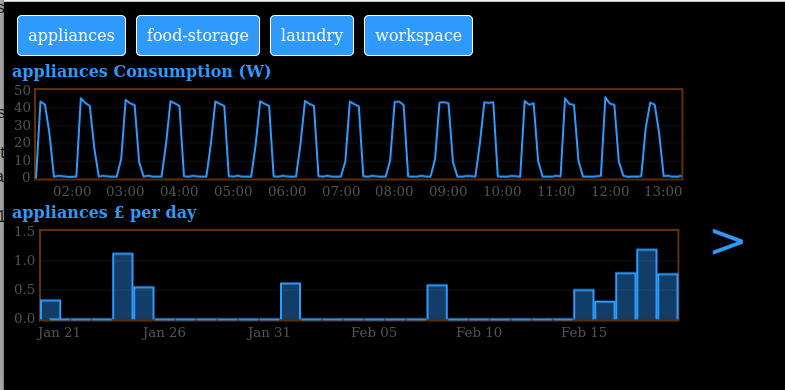Repairing a punctured football
Footballs are meant to be kicked around in the centre of a big grass field, they're not really supposed to be booted anywhere that has sharp stuff. But, kids will be kids, so inevitably they end up in a brambles and similar.
If you're unlucky, then they'll manage to puncture the bladder and the ball will no longer hold air. I got presented with such a ball and asked if I could repair it.
Footballs aren't particularly expensive - I could probably have replaced it for less than £10, but that'd mean the old one contributing to landfill.
Still, I was sorely tempted to chuck it - this ball is cursed. Despite the worn appearance in the photo, it was only actually 2 days old - first it wouldn't scan through at the shop, then it ended up in an electricity substation. Hours after UK Power Networks kindly returned it, it ended up in brambles.
Still, I figured the environmentally conscious thing was to at least have a go at repairing it.
Although there are kits (essentially gunk you inject into the ball) available online that claim to be able repair punctured balls, reviews on them are extremely poor, and they often say they don't work for balls with a bladder.
This post details the process I went through to repair the puncture.










